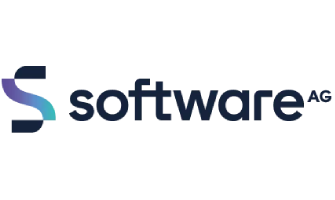Software AG
Analyst Coverage :
Software AG, founded in 1969, is headquartered in Darmstadt, Germany and has offices worldwide. Notable recent acquisitions have been Apama (2013), Zementis (2016), Cumulocity (2017) and TrendMiner (2018). Software AG’s Apama was first released in 2001 as a complex event processing platform targeted at supporting algorithmic trading in capital markets. It remains a market leader in that space. It was acquired by Progress Software in 2005 before being sold to Software AG in 2013.
The company behind TrendMiner was originally founded in 2008, in Belgium, as a spin-off from the University of Leuven. The current product was subsequently conceived in 2013 with the first beta customers in 2014 and a formal launch of the product at the beginning of 2016.
TrendMiner is a time-series based analytics solution intended for use in process manufacturing. The product has capabilities that could easily be deployed in other sectors and Software AG is currently considering an extension into discrete manufacturing. TrendMiner is a part of the company’s IoT and Analytics business unit, wherein Software AG has more than 300 clients across manufacturing, retail, healthcare and transport, amongst others. Users include Bosch, Siemens and Deutsche Telekom. TOTAL, Lanxess, Novo Nordisk are all TrendMiner customers.
Related Research
Connect with Us
Ready to Get Started
Learn how Bloor Research can support your organization’s journey toward a smarter, more secure future."
Connect with us Join Our Community



